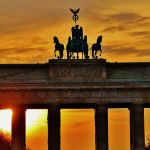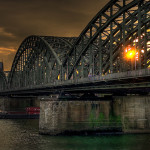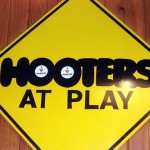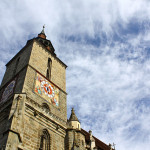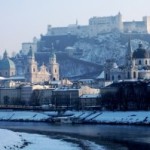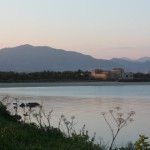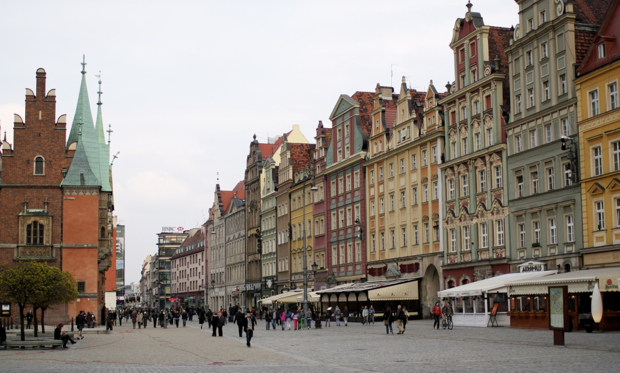
Wroclaw, Poland
The Polish Southwestern city of Wroclaw has found itself involved in many a power struggle over the years.
The city’s strategic location at the heart of Central Europe inevitably led to numerous battles, but from the grip of Communism and scars of World War 2 the city has emerged with a strong identity of its own.
Prior to 1945, Wroclaw had been part of Poland, Bohemia, Austria and Germany. Under the rule of the Germanic state of Prussia, Wroclaw was known as “Breslau”. Dubbed the “Breslau fortress” by Hitler it was the scene of a brutal siege lasting 14 weeks. The city was in a complete state of ruin after being the last city to fall during World War 2, four days after Berlin.
Wroclaw has had to recover from years of war and destruction with many of the city’s great 13th buildings having to be rebuilt. It’s testament to the character of the people of Wroclaw that it has emerged through the rubble and ruins of war as a modern centre of commerce and industry
Wroclaw holds its head high this year as a proud host for Europe’s biggest football event, the 2012 UEFA European Football Championship (The competition is hosted by both Poland and the Ukraine). Wroclaw is one of four Polish cities hosting games (The other Polish hosts being Warsaw, Gdańsk, Poznań) during the Euros and will see three group A stage matches played.
Football aside, there’s plenty to see and do around Wroclaw. Here are some of our highlights from our blog trip to Poland organised by Polish National Tourism Office.
Wroclaw’s Dwarfs
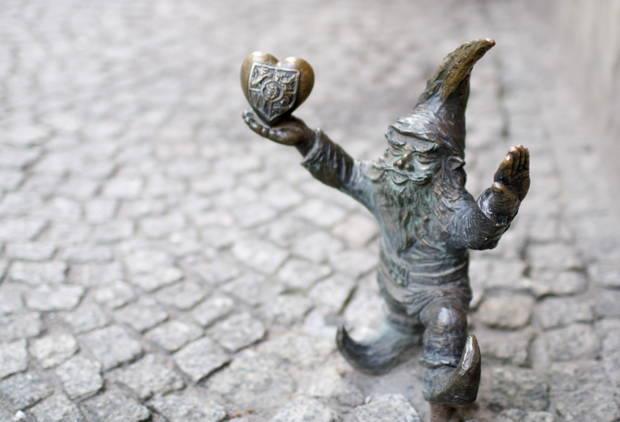
Wroclaw dwarfs
If you wander the streets of Wroclaw long enough and keep you eyes towards the ground, you’ll run into numerous tiny dwarfs posing in various guises. They can be found on lamp posts, window ledges, fountains, monuments and just about anywhere you can think of.
The origins of the dwarfs goes back to socialist rule where anti-communist group Orange Alternative would protest against censorship by using graffiti. The anti-communist graffiti would be swiftly painted over by militia only for painting of dwarfs to appear shortly after. They soon became a artistic symbol of Orange Alternative and resistance to the system.
After disappearing in the 90’s the dwarfs began to reappear in 2001 where the first one was found in Swidnicka Street, a location that was associated with the Orange Alternative. The dwarfs quickly started to multiply with some even being created by local businesses to attract tourists.
In total there are around 170 dwarfs around the city and you can even pick up a city dwarf map to search for them all.
Panorama Raclawicka
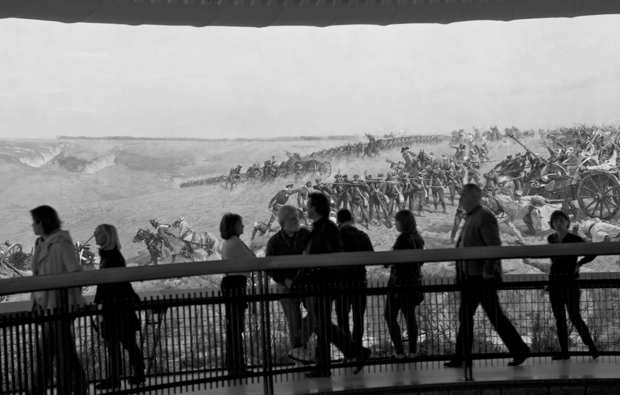
Panorama Raclawicka, Wroclaw
This immense 360 degree partially three-dimensional painting was created between August 1894 and May 1894 by Jan Sktyka and Wojciech Kossak for the National Exhibition in Lvov (which is now part of the Ukraine).
It’s a popular attraction boasting millions of visitors in total and hundreds per day. The painting depicts the battlefield at Raclawice on 4th April 1794 where Polish soldiers (mainly made up of ill-equipped peasants) defeated the Russian army. The battle was an important symbolic victory for Poland as the country was under attack from Russia, Prussia and Austria. The battle at Raclawice gave Poland hope, but it was in vain as on 16th November 1794 it was defeated and divided up between Russia, Prussia and Austria.
The painting was damaged during World War 2 and moved from Lvov to Wroclaw in 1946. Under the Polish Community Party it remained hidden away from the public due to its sensitive depiction of victory over the Russians. Only on 14th June 1985 was the painting finally put on show for the public.
On arrival at the Panorama Raclawicka visitors have the opportunity to view the painting in groups and the waiting time is indicated on a large screen. Once inside, visitors can listen to historical commentary that last 30 minutes via headsets in their chosen language.
Panorama Raclawicka
Katedra
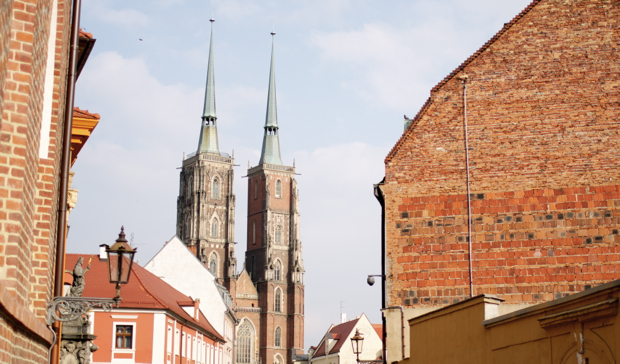
Katedra
The first Gothic building in Wroclaw, the Katedra started being built back in 1244. This impressive structure towers above nearby churches.
The cathedral and its interior suffered 70% damage during World War 2 and as a result has seen major reconstruction. Its interior owes much to other nearby churches where many of the moments were brought from. It’s worth noting that the Katedra’s spires aren’t original so it would have looked a little bit different on the Wroclaw skyline.
Also in the area is the St Idzi Church and the Church of Holy Cross. St Idzi Church is the oldest church in Wroclaw whilst the Church of Holy Cross was the first of its kind in the city.
Lover’s Bridge
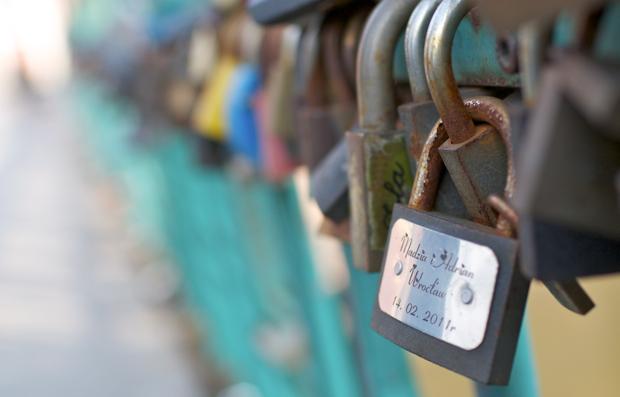
Lovers Bridge
A short walk from the Katedra is a small bridge painted in a distinctive shade of green. It has hundreds of padlocks chained to its metal structure as a declaration of love between couples visiting the bridge. Lovers names are written upon the padlocks and locked to the bridge’s structure.
Centennial Hall (Hala Stulecia)
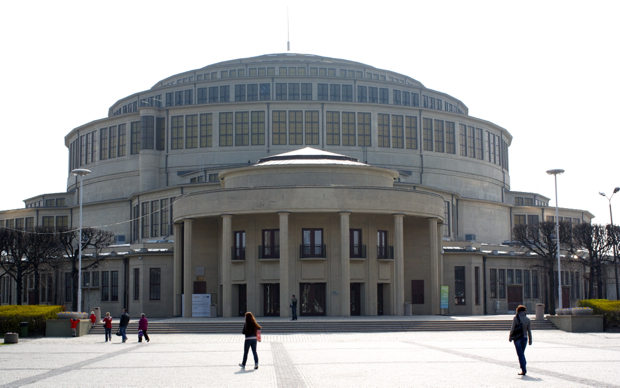
Hala Stulecia
If you’re one of those tourists ticking off UNESCO World Heritage sites then you can’t miss Centennial Hall on your visit to Wroclaw. The hall was built between 1911 – 1913 and designed by Max Berg, it remained unscathed during World War 2.
Shortly after the war Hala Studecia was home to a number of cultural and entertainment exhibitions. These days the hall is used for entertainment and sporting functions, it can hold up to 7000 people. The hall’s towering concrete and metal dome-shaped ceiling is a distinctive and impressive sight from the inside.
Centennial Hall – UNESCO website
Hala Targowa
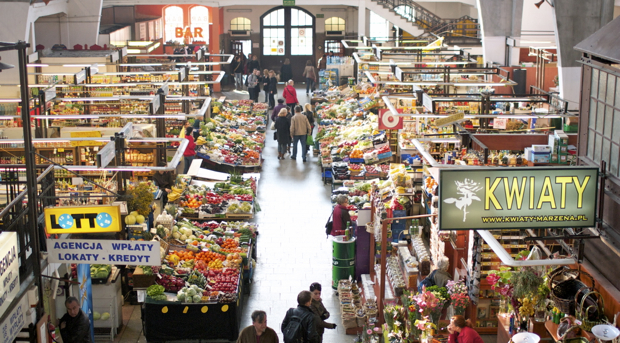
Hala Targowa
Hala Targowa is a market teeming with locals on a busy day, you can find flowers, clothes, fruit and vegetables and Polish sweets on offer here. It’s worth wandering around the two-floor market if you are looking for a short break from visiting the nearby churches and cathedral.
The market hall itself was built by the German architect Richard Plueddemann between 1906-08 and its stark high grey concrete ceiling gives a great contrast against the colourful fruit and vegetable stalls that reside below.
Wroclaw Stadium
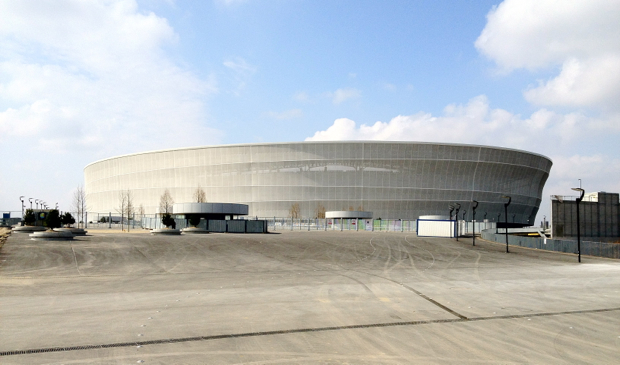
Stadion Miejski Wroclaw
For those attending the Euros in Wroclaw the purpose-built Stadium will become a familiar sight. It was designed with a fiber net suspended on steel rings around the stadium and can change colour depending on which teams are playing. The stadium can hold 42,771 fans and is known as the stadium lantern due to its design.
After the Euros the stadium will become home to WKS Slask Wroclaw as well as being used as a venue for concerts and local cultural events.
Wroclaw Stadium website
Market Square
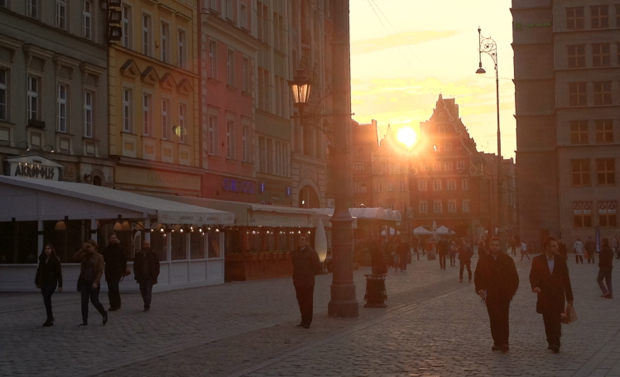
Market Square, Wroclaw
Centrally located in Wroclaw it’s difficult to miss the hub of the old town, Market Square (or the Main Square – Rynek in Polish). Many of the buildings around Market Square have been reconstructed since the siege of Wroclaw (during World War 2). The siege saw fierce fighting with most of the buildings suffering significant damage. The square has been the hub of life in Wroclaw throughout its history and was first created back in the 13th century.
Today the market is home to numerous restaurants, bars and shops. It’s the perfect location to relax with a cold Polish beer whilst watching the world go by.
Despite its turbulent history, Wroclaw has emerged with a strong sense of culture and identity. With good transport infrastructure its becoming a popular destination for tourist and the city has plenty of attractions on offer.
With the spotlight of the Euros focusing on Wroclaw this summer it’s likely that this charming Polish city will increasingly become a favourite tourist spot for many.

